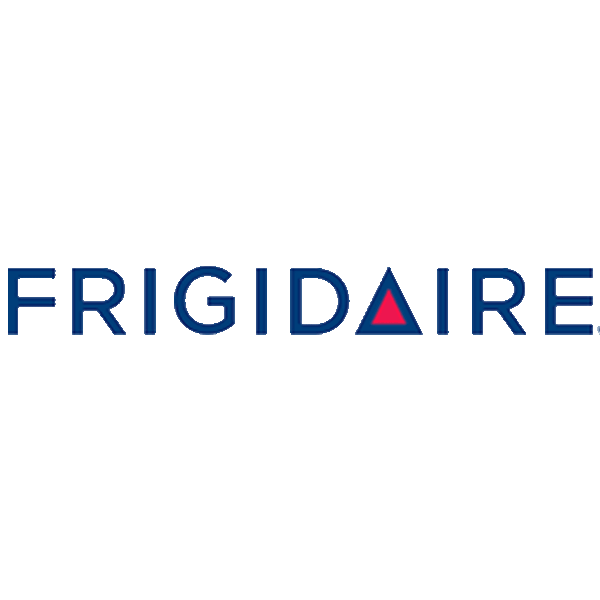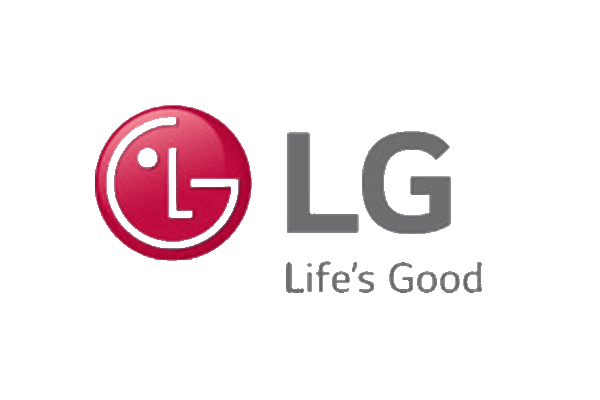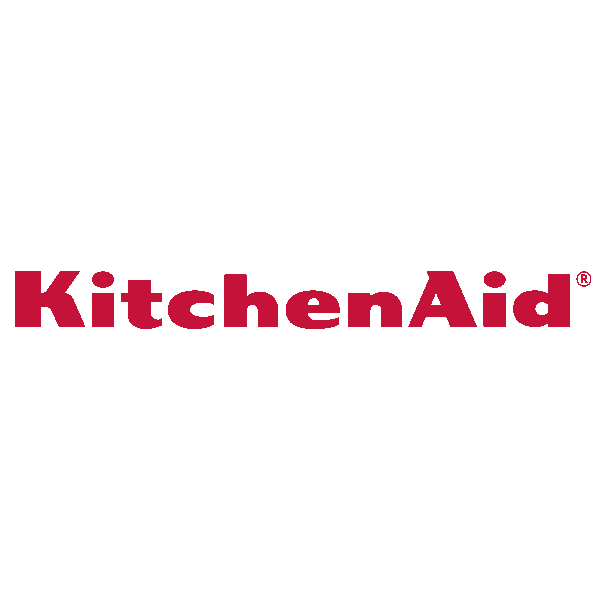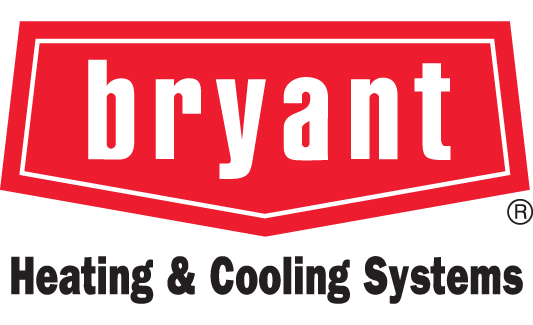
Did you know that the EPA (Environmental Protection Agency) declared September as Mold Awareness Month? While the month draws to a close, mold is still a problem that many Americans face and awareness is quite important.
The EPA teaches us that “Molds live in the soil, on plants, and on dead or decaying matter…[they] produce tiny spores to reproduce, just as some plants produce seeds. These mold spores can be found in both indoor and outdoor air, and settled on indoor and outdoor surfaces. When mold spores land on a damp spot, they may begin growing and digesting whatever they are growing on in order to survive…molds gradually destroy the things they grow on, you can prevent damage to building materials and furnishings and save money by eliminating mold growth.”
The spread of mold can be a serious health risk, causing symptoms such as allergic reactions, asthma, and various respiratory problems. The major source of mold spread is moisture and humidity. Whether it’s excessive rainfall or the recent influx of storms, mold is a threat with higher humidity.
While removing mold from your home can sometimes be a difficult task, there are several steps you can take to combat the threat:
- Reduce humidity in your home by 30-60%. Your options include “venting bathrooms, dryers, and other moisture-generating sources to the outside; using air conditioners and de-humidifiers; increasing ventilation; and using exhaust fans whenever cooking, dishwashing, and cleaning.”
- Clean up any sources of mold and moisture. Plug any sources of water leaks.
- Immediately clean up or dry any damp or wet areas in your home.
- Add insulation in order to reduce or prevent condensation.
Don’t wait for mold to infect your home. Be proactive and buy ED Lab Indoor Air Home Mold Test Kit to screen your indoor for mold and fungus. Or replace your current air filters with the Filters Fast Air & Furnace Filters – MERV 11, which reduce mold spores and improve your indoor air quality.














Ronald Freeman says
Interesting article
Don Hodge says
We were taught that mold “eats” anything organic in nature. Thus the organic paint & paper cover of gypsum board is attacked but the gypsum beneath is not. The humidity 60% makes uncomfortable living and allows mold growth.